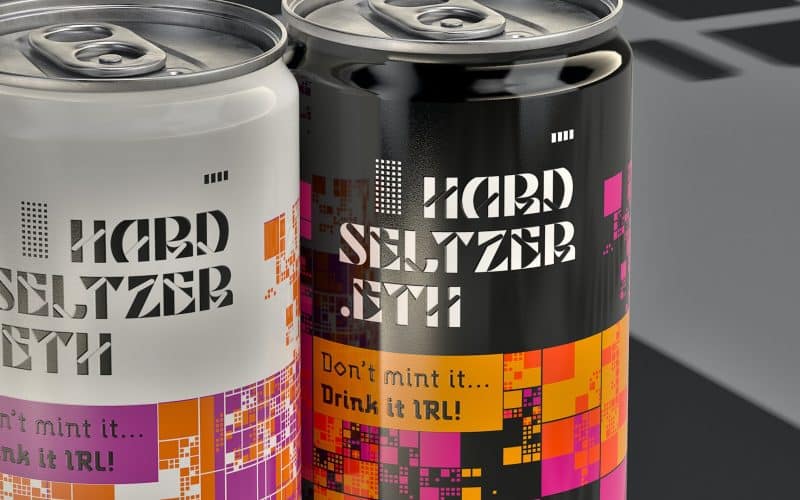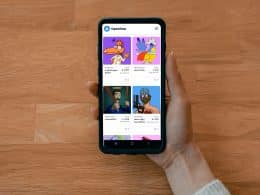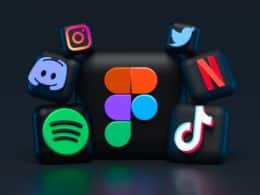Popular NFT project Moonbirds founder Kevin Rose, announced recently that the project would be switching to a CC0 license, or Creative Commons Zero. This essentially means that now, Moonbirds artwork and IP can be freely used, remixed, and commercialized.
But why is Proof – the company behind Moonbirds NFTs – putting its artwork in the public domain, and what does this transition mean to the NFT industry?
Popular perception is that you mint an NFT and all you get is the image. However, IP and ownership in the NFT space isn’t so simple. While some projects offer the intellectual property (IP) rights license and do as owners see fit, others offer holders nothing at all in the way of IP rights.
Take CryptoPunks as an example. Creator of CryptoPunks, Larva Labs initially did not offer IP rights to the owners. It restricted its holders from creating derivative products or using its branding, which is fair to do.
Owners could use their Punks for “personal, non-commercial uses” only and Larva held on to the IP rights. That changed recently, when Bored Ape owners Yuga Labs purchased the IP associated with the Punks and Meebits
What is a CC0 license?
Creative Commons Zero (CC0) essentially means the owners of the IP (Intellectual property rights) relinquish all copyright to the public domain. Thus, anyone can use CC0 works for any use without permission. It happens with movies, poems, music, books – and now NFTs.
For Moonbirds NFTs, the CC0 license means that no rights are reserved by the creators. The artworks are now in the public domain and anyone can use the Moonbirds artworks and likenesses to create and sell derivative projects, including merchandise, apparel, etc.
The trend with NFTs contrasts with private collectors buying works and keeping them behind closed doors and is more similar to a free museum showcasing art.
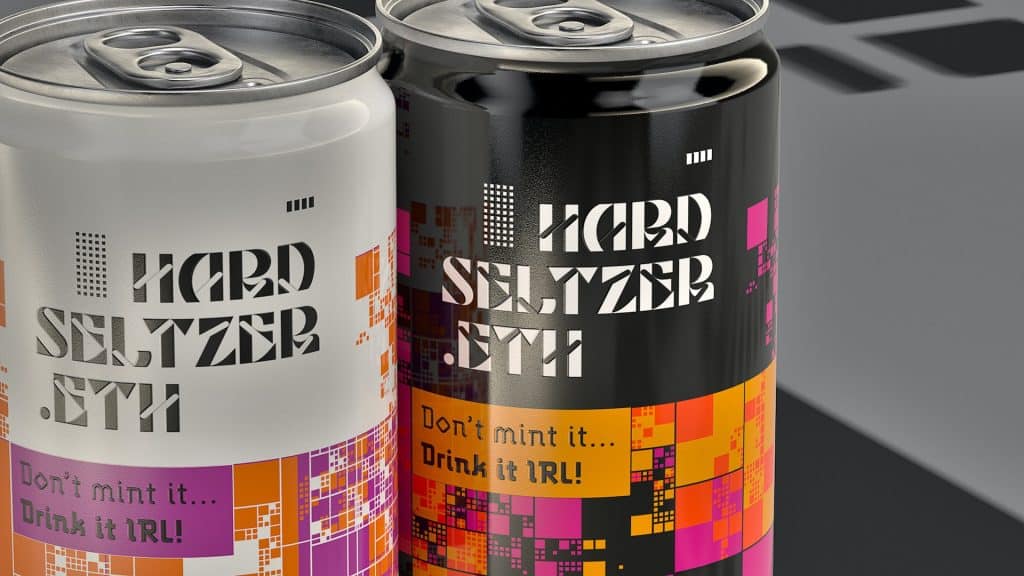
Why are NFT creators going CC0?
Proof isn’t the only major NFT creator to embrace CC0. Popular NFT artist XCOPY recently revealed that he would also open up all of his previous artwork to the public domain. His specialty is single-edition digital illustrations that have sold for millions of dollars. No word yet on how his current collectors feel about the shift.
As holders receive the IP rights for each piece, this means that XCOPY’s artworks will inspire many other emerging artists and projects. Nouns, a novel NFT project that auctions a single NFT per day and gives owners voting rights to a valuable DAO treasury, also gives CC0 rights to NFT owners. Other projects offering full IP rights to holders include Mfers, Blitmaps and CrypToadz.
Why are creators relinquishing their IP rights to NFTs? Value. Putting the creative works in the public domain should accrue value back to the original NFT creations, rather than take away from them. In fact, the goal is to spread the imagery far and wide. Creators are betting that opening up their works using CC0 will bring more value to the brand.
CC0 license also opens the door to all manner of new uses. It gives NFT holders and non-holders alike, the rights to innovate upon that work, allowing them to make derivative works and profit from those efforts without fear of legal consequences. So yes, you can now take a Moonbird, any Moonbird and create commercial derivatives from cc0 NFTs with no legal repercussions.
We’ll likely see more CC0 NFT projects in the near future. The new trend facilitates NFT distribution by empowering holders to use digital assets as they please. Collectors, game developers, and artists enjoy the freedom to use their NFTs in any way they see fit.

